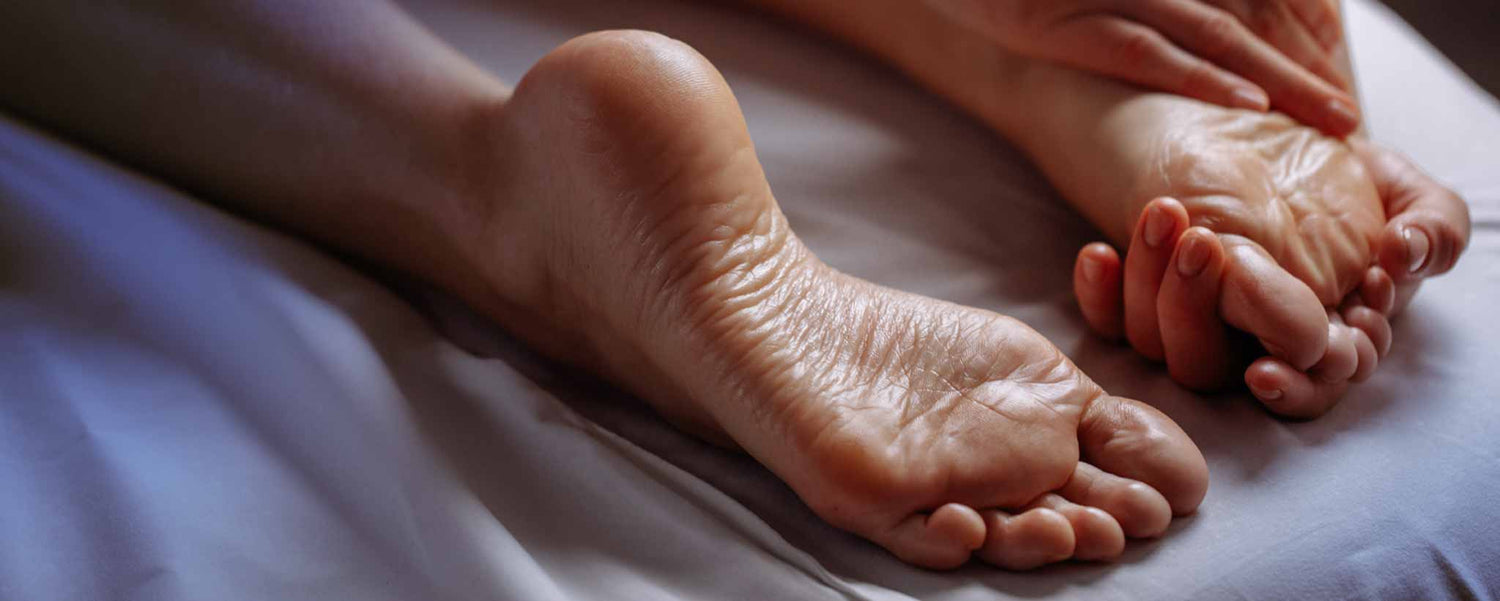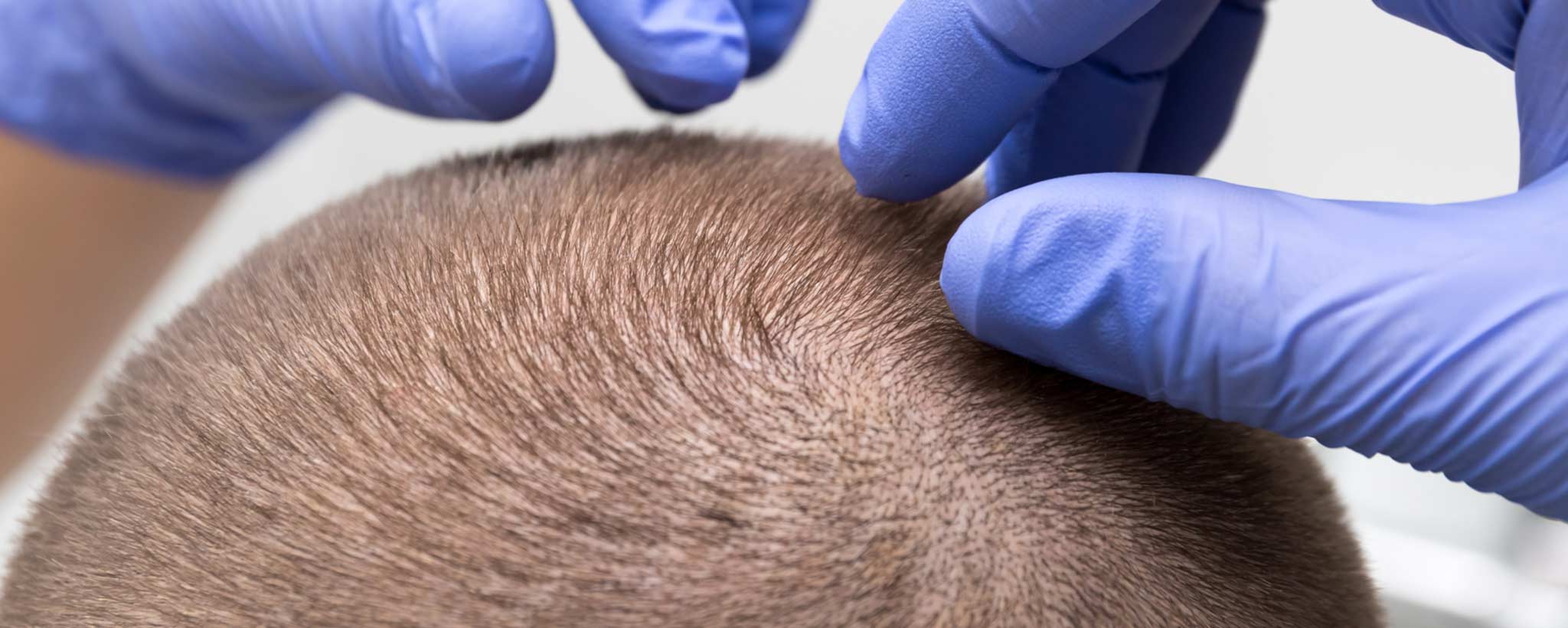Which medical professional has your back when a foot aches?
Traumatic Foot Injury
For serious foot trauma, do as I say, not as I do: Phone an ambulance or go to the nearest emergency room. It wasn’t obvious at first, but years ago I broke my foot. Hoping it was just a sprain, I hobbled back into the house where I happened to have a 600 mg ibuprofen prescription.
After gulping one down with a sip of water, I hopped on the freeway (in an automobile). The prescription was three times stronger than OTC so the “sprain” should have been numbed en route to my 50-mile destination.
Thirty minutes later, it felt as though I had shot myself in the foot—both literally and figuratively. Reaching for an emergency backup ibuprofen in the glovebox, with no water on hand, I salivated enough to get it down. This dulled the pain for another 30 minutes.
My foot’s inability to bear weight when I arrived at my destination clued me to the likelihood of it being broken and the realization that I traveled dozens of miles in the opposite direction of my HMO facility.
Overdosing on Ibuprofen?
Delays continued when I finally made it to the ER. My relatively calm (heavily medicated) revelation to a triage nurse of a suspected broken foot and the absence of an ambulance relegated me to low priority. As the ibuprofen wore off, pleas for pain relief were dismissed pending assessment by an attending physician. By the fourth hour, I had ingested 1800 mg of ibuprofen.
An x-ray was performed while I waited another half hour or more. Finally, a doctor saw me and circled the avulsion fracture on the x-ray. This is when a tendon rips away from a bone.
He was amazed that I had endured such pain for so long. That’s when I told him about my little helpers. He advised against taking any more and then prescribed Valium to get through the night. Fortunately, there were no adverse reactions to my hyper-ibuprofen ingestion.
How much is too much?
Human responses to ibuprofen overdose range from absence of symptoms to fatality, despite intensive-care treatment. Most symptoms include abdominal pain, nausea, vomiting, drowsiness, dizziness, headache, tinnitus, and nystagmus.
Rarely, more severe symptoms, such as gastrointestinal bleeding, seizures, metabolic acidosis, hyperkalaemia, hypotension, bradycardia, tachycardia, atrial fibrillation, coma, hepatic dysfunction, acute renal failure, cyanosis, respiratory depression, and cardiac arrest have been reported.
Toxic effects are unlikely at doses below 100 mg/kg but can be severe far above 400 mg/kg (around 150 tablets of 200 mg units for an average man). A study of pregnant women suggests that those taking any type or amount of NSAIDs (including ibuprofen, diclofenac, and naproxen) were 2.4 times more likely to miscarry than those not taking the medications [1]
A follow-up visit with an orthopedic specialist was scheduled. On the second day, swelling and bruising were evident. As illustrated on the Foot and Ankle anatomy poster, avulsion can occur during athletic activity or by stepping on an uneven surface with too much force, as I had done. This can cause secondary trauma. As the foot is twisted with enough force to tear a tendon, subdermal nerves and blood vessels can bruise or break.

Avulsion fracture swelling and bruising
The bone healed within six weeks with a removable walking cast but the pain persisted more than six months. During the extended discomfort, I never considered other specialists for foot care. Podiatrist (chiropodist), chiropractor, osteopath, physiotherapist, or neurologist may have been consulted. [2-3]
Compare Chiropractor to Osteopath
| Chiropractor versus Osteopath Comparison [4] | ||
|---|---|---|
| Chiropractor | Osteopath | |
| Classification | Chiropractor | Medical Physician |
| Status | DC stands for Doctor of Chiropractic. They are not medical doctors, however, for insurance purposes, some states consider chiropractors as health care providers, and some do not. | DOs are fully-licensed medical physicians like their MD colleagues. Not all DOs practice OMM; some are family physicians, brain surgeons, dermatologists, etc. All DOs are trained in OMM during medical school. |
| Practice | Private practice clinics, generally. However, some are employed by health systems and hospitals. Generalist practice, neurology-related, orthopedic-related, and general alignment restoration dealing with the skeletal system. | Public Hospitals, Private Clinics, Family Practices, Community Clinics, Surgical Settings |
| Treatment Techniques | Chiropractic adjustment (grade I-V) ranging from soft tissue mobilization to joint adjustment. Electrical Stimulation. Acupuncture, Pain Management | Manual therapy (osteopathic manipulative treatment, or OMT). Myofascial, Deep Tissue, High Velocity-Low Amplitude, and Counter-Strain techniques. OMM is also used to treat sinus infections, earaches, headaches, and respiratory issues |
| Specialization | Orthopedics, Pediatrics, General Rehab, Internal Disorders, Radiology, Neurology, Nutrition, Occupational Health, Sports Med, Forensic Sciences. | DOs apply to the same specialty residencies as their MD colleagues |
| General Expertise | DCs have evidence to support their expertise in the adjustment of the spine. Their knowledge extends into the scope of Physical Therapy and General Medicine as well as radiology and neurology. | DOs are full medical physicians, like MDs. Many specialize in fields where they do not use OMM, but some choose to specialize in OMM. They are trained in all body systems like their MD colleagues, but are also trained in OMM. |
| Use and application of Chiropractic Manipulation & Physical Therapy. | DCs are the only practitioners with expertise in Chiropractic Adjustments. Some states have laws preventing any other practitioner from performing these interventions. Chiropractors perform therapeutic modalities in most states. | DOs are the only physicians allowed to perform OMM on patients. |
| Diagnosis | DCs diagnose joint subluxation complexes, and most medical conditions, depending on state law. Treatment of many acute non-spinal or traumatic conditions may require referral of the patient to the correct specialty practitioner. | DOs diagnose any neuromusculoskeletal disorders, as well as any other medical issue. |
| Surgery | Minor surgery in some states. DCs are non-pharmacologic and non-surgical clinicians who are experts at conservative treatments within their scope of practice. However, do perform MUA in a surgical setting. | DOs can do any surgical procedure if they are trained to do so (residency). |
| Can prescribe medication | No. New Mexico recently allowed limited prescription rights to DCs | DOs have full medical licenses in the U.S. and can prescribe any medication when needed. |
| Board Certification | National exam, Chiropractic Board at the State level, and Diplomate specialty boards. | At least 3 years for residency training. Most OMM specialists complete OMM subspecialty training (1-2 years after 3-year residency) |
| Medical Licensing Exam (MLE) | National Board Exam (NBCE). Parts I, II, III IV (practical) and state boards. | COMLEX I, II, IICS, and III, most also take the USMLE (I & II) for different residency options. These are considered the toughest professional exams in the world |
| Years of medical school | 4-5 undergraduate years (Bachelor's required / state dependent), 5 Chiropractic school, 1-year residency, minimum 10 years | 3-4 undergraduate years (Bachelor's Degree Required), 4 years Medical School, 3 years board certification (residency), minimum 10 years |
| Residency and Internship | One-year internship that coincides with clinical courses while in training. NO Residency required, but have the option to complete if accepted and desire to. | Any licensed DO can practice OMM. Residency varies but is typically at least 3 years. These are considered the most demanding residencies in the world, with up to 80 in-hospital hours per week. |
| Differences between formal education | 5,200 instructional hours. 4 years of undergraduate required for admission into DC school. Programs may vary. Not required to have a Bachelor's degree before admission. Total time = 6-8 years post graduate depending on undergraduate course work. | 4 years of Undergraduate education, and 4 years of medical school in the U.S. DOs complete a medical residency, around 3-8 years. Some DOs do a fellowship for an additional 2-4 years. >11 years total |
| Average Undergraduate GPA | 2.90 GPA | 3.50 GPA |
DOs and MDs are both physicians who can practice in any area of medicine. MDs and DOs can prescribe medication and train to perform surgery under a residency program. Many are primary care doctors, but both DOs and MDs can specialize in dermatology, cardiology, psychiatry, or any other medical or surgical field.
DOs generally have a more holistic approach to health care. DOs also learn something that MDs don’t: osteopathic manipulative treatment (OMT).
Speak to most medical doctors about a referral and the rivalry with chiropractors becomes evident. Chiropractors practice musculoskeletal adjustments, recommending exercises, offering nutrition, and providing lifestyle advice. [5]
What Can a Chiropractor Do For Feet?
I sometimes go to a chiropractor when my back aches. If my neck is stiff I pause to consider the unfortunate neck injury of Christopher Reeve—even though I have had my neck realigned several times. Chiropractors sometimes purchase foot and ankle anatomy posters from the ClinicalPosters online store. Aching feet may be another reason to visit a chiropractor and feel A Bit More Healthy—unless your foot is broken.







